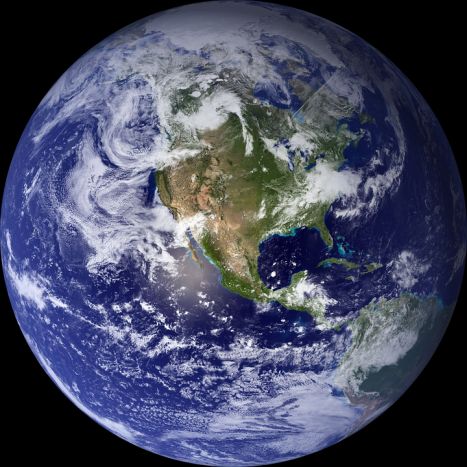
Earth, the only planet in our entire solar system, and apparently in the Universe, to inhabit life and we should be thankful for that, is the home to several million living species. Many times you have heard about people addressing our Earth as the ‘blue planet.’
Due to the fact that 71 percent of Earth is made up entirely of water, it is spotted as a deep blue planet from the Space. This is why Earth is addressed as the blue planet by many. In fact, the abundance of water on Earth is its distinctive feature that distinguishes it from other planets in the solar system.
What is Hydrosphere?
The huge quantity of water present on our Earth is the most distinguishing feature that separates the Blue Planet from other planets in our solar system, as well as in the entire observable universe. Although Earth’s hydrosphere is made up of chiefly the oceans, it also includes the comparatively smaller water surfaces, such as lakes, rivers, and underground water present up to a depth of 2,000m.
Did you knew?
Challenger Deep of the Mariana Trench, present in the Pacific Ocean, is the deepest underwater location with a depth spawning 10,911.4m.
Oceans
World oceans not only contain the huge amount of water but also act as a reservoir of dissolved atmospheric gases. The survival of several aquatic life forms depends on these dissolved solvents. On an average, a kilogram of sea water, upon evaporation, provides 35grams of salt.
Out of the total water present on Earth, only a mere 2.5% is fresh water while the rest is saline (that’s where all the edible salt comes from). Out of this fraction, about 69% fresh water isn’t available to life because of being present in the form of glaciers and ice caps.
Fascinatingly, oceans act as a heat reservoir. Consequently, they play an indispensable role in the contortion of world climate. Changes in the oceanic temperature distribution can give rise to significant weather shifts, such as the El Niño-Southern Oscillation.
Water Bodies
Earth’s total water content is divided into several forms of reservoirs, known as water bodies. Lakes, rivers, ponds, and oceans are all examples of water bodies. Rivers are formed from the combination of several water bodies that merge at a single place. All these sources are known as tributaries. These can be rivers themselves or lakes.
Did you knew?
The Indian Ocean has an average depth of 3,960 meters. Its deepest point lies in the Sunda Deep of the Java Trench off the southern coast of the island of Indonesia. It is about 7,450 meters deep.
Preserving Water and the Blue Planet!
Because water plays an important role in the climate of Earth, it’s important to save water. Not only it will help severe drought-stricken sites, but is also a countermeasure to improve the damage caused by human development to the hydrosphere and preserve the nature.
There are just so many ways to save precious water, ranging from using taps only when necessary to adopt various water conservation practices.